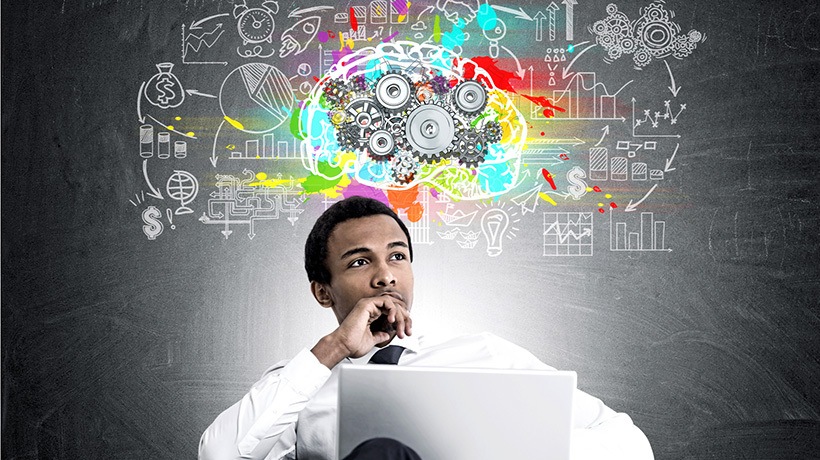Learning Experience Design
Learning experience primarily refers to any course, interaction, program, or other experience that facilitates learning. It may be in traditional academic settings, such as schools or classrooms, it may also be in non-traditional settings, such as out-of-school locations or outdoor environments. It can include both traditional educational interactions where students learn from teachers and mentors, and non-traditional interactions where students learn through eLearning, games and interactive software applications.
Why Learning Experience Design Is Becoming So Important
Researchers have found that human beings respond to experiences, and the best learning comes from them. As eLearning course designers, it’s time we think beyond just a few modules and training sessions, and, instead, we need to create lasting and meaningful “experiences” for the learners.
Designing A Learning Experience
Learning Experience Design is focused on creating an experience that will lead to a desired learning outcome. Hence, the most reliable way to design an effective learning experience is to work backward from the desired outcome. What do we want the learner to be able to do? What is the intended outcome?
These questions form the basis of our design thinking for the learning experience.
We also ask:
- What does someone need to know in order to be able to do this?
- What do they need to be able to do in order to complete this?
- What equipment or resources must they have in order to deliver the objective?
Types Of Learning Experiences
America’s Speech-Language-Hearing Association (ASHA) has categorized learning experiences into 3 categories:
- Group
Learners engage as a group, interacting with each other, an instructor, and the material. Courses include various formats such as lectures, sessions, workshops, presentations, study material, eLearning, games, etc. - Individual
Learners engage individually, with no interaction with other learners. Typical self-study courses may include journals, newsletters, and audio and video recordings. - Blended
Learners engage using elements of both group and individual formats. The course materials may be provided in online/distance learning or in-person settings and group sessions.
eLearning And LXD
eLearning is an integral part of Learning Experience Design. Today’s hyper-connected world demands that learners also be connected to their learning content. What can better connect learners than eLearning? eLearning gives a learning experience designer a platform for creating an immersive experience. eLearning websites also offer different types of eLearning, which can be utilized to create a better learning experience.
How To Create Learning Experiences That Work?
As an eLearning service provider, our focus is on how to create a learning experience that works. Here are some of our focus areas to create an effective learning experience:
- Be adaptive
Experience is personal, so is learning. Effective Learning Experience Design should take into consideration the adaptability of content and delivery mechanism to suit the learners’ diverse learning styles and personal choices. A good experience is the one that connects personally and a learning experience cannot be different. Adaptability is a key component for a great learning experience. - Encourage social learning
Collaboration and sharing always improve learning as well as helping with motivation and engagement. A robust Learning Experience Design should facilitate social and collaborative learning elements to enhance the overall learning effectiveness and experience. - Make learning visual
Vision perhaps trumps all other senses in learning. We are naturally attracted to something that appeals visually. Various types of eLearning give us the ability to create stunning visual learning materials. - Learn toward a goal
Having a clear goal in mind helps learners focus and stay motivated. - Heart, head, and hands
Learning Experience Design should be based on the principle of heart, head and hand. Learners need to first be motivated and believe learning can happen (heart). They need to understand what is happening, and why (head). And, they need to know how to make it happen (hands).
Conclusion
Designing learning experiences is an evolving and adaptive process. There are no set rules to create a great learning experience. One has to master it by learning, experiencing, experimenting with what works and what does not, adapting to new changes, and adapting to the requirements of learners as well as the intended learning outcome. One needs to consider every aspect of learning design to be able to create a lasting learning experience. And, if done properly, Learning Experience Design can bring massive improvement to the way we learn in schools, at the office, and at home.









